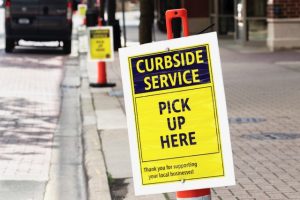 By Matthew Darst, JD
By Matthew Darst, JD
COVID-19 has changed how we fundamentally live and the pandemic promises to continue to disrupt curbside management for months to come. While the tunnel is still dark, there is light—in the form of pandemic relief and vaccines—in sight.
There are measures that can be taken to help cities further mitigate viral spread, promote economic relief, and fund critical municipal programs. Parking professionals have a vast toolkit at their disposal, including digital curbside policies, virtual parking permissions, optimized enforcement, and data science. Coupled with data-driven amnesty programs, tailored payment plans, and sustainable, “asset lite” technologies, cities can deliver immediate assistance to those constituents and stakeholders most in need. And they can do it in a way that encourages social distancing.
In addition to decisive action, now is the time for planning and establishing a vision for the curb post-COVID-19. While average curbside occupancy may be returning to pre-pandemic levels, bock-by-block utilization presents a much different picture. Demand is uneven largely driven by the types of businesses proximate to the curb.
This reality provides opportunities to reassess the value of the curb and rethink use. We can better manage demand, allocate parking permissions, and restructure loading zones to help restaurants stay in or return to business. We can also reimagine parking enforcement to ensure those motorists most in need of economic relief today are not disproportionately impacted tomorrow. And we may even find that parking data offers clues to help identify and stop the spread of future viruses.
I’ll be discussing some of these strategies January 13 during an IPMI Webinar, “Curbing COVID-19 at the Curb,” and look forward to additional thoughts and feedback.
Matthew Darst, JD, is director of curbside management with Conduent Transportation. He’ll present on this topic during an IPMI webinar Jan. 13; click here for details and to register.
